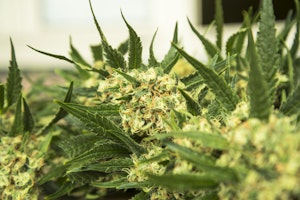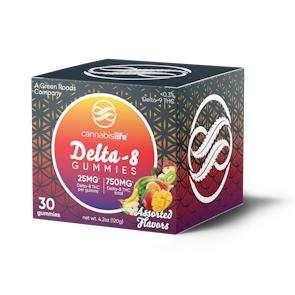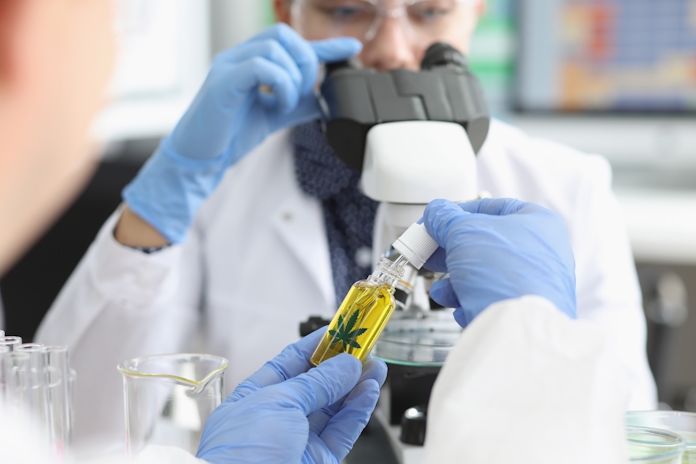
Photo by H_Ko / Adobe Stock Photo
How To Read A Delta 8 Certificate Of Analysis (COA)
Read this guide to know what's on your Delta 8. Created with Cannabis Life.
We admire how many individuals take it upon themselves to ensure the Delta 8 THC products they’re consuming are entirely safe.
We hope to spread the word about reading the Certificate of Analysis (COA) to help all cannabis users better understand what to keep an eye out for.
Most cannabis companies use different laboratories to test their products.
We can’t stress enough how important this is. The Delta 8 industry is still highly unregulated, allowing shady brands to enter the space and sell products that aren’t what they advertise.
You should always buy from well-known brands like Cannabis Life that third-party lab tests all of its products two times before they hit the market.
All their products come with a QR code that makes it easy to find the individual results of that product’s test. You can also find them on their website, entering their batch number.
How To Read A COA
Firstly, when looking a the top of the certificate, you want to determine who tested the product.
Be aware of in-house lab testing, which isn’t the safest because these labs could easily pass the products, while a third-party and independent lab would fail them.
You should also find an ID number assigned to the sample alongside the sample’s name and what it is.
There will also be a QR code for you to scan to determine if the COA is authentic.
Your eyes will then scroll down to the cannabinoid profile, which holds the complete list of cannabinoids detected in a sample.
Here, you’ll be able to determine if the level of Delta 8 THC is the same as what’s on the product label.
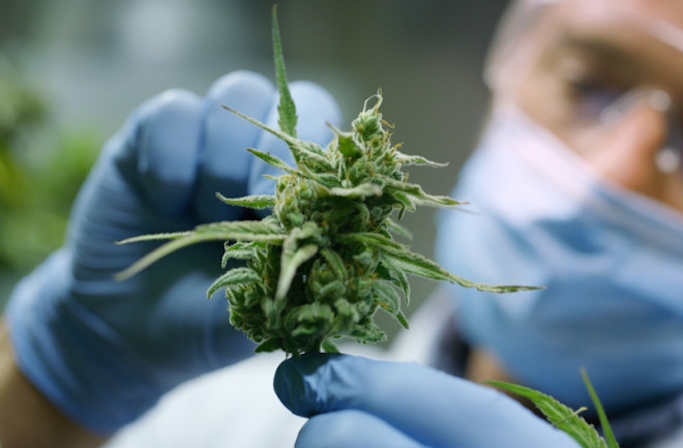
Photo by HQuality / Shutterstock
Next to the list of cannabinoids will be headers like LOQ, Mass %, and Mass mg/g.
LOQ is the Limit of Quantification, the lowest possible amount that a cannabinoid can be detected.
Mass % is the percentage of the mass of the substance compared to the mass of the complete sample. Mass mg/g simply defines the cannabinoid or compound weight.
You should see a section for Mycotoxins, which are also called ochratoxin, patulin, ergot, fusarium, or aflatoxin.
Although ergot, the most common mycotoxin, is usually found in rye and grasses, these toxins should not be in your Delta 8 THC products.
Mycotoxins are basically molds that can contaminate your product.
The following section is Residual Substances, which notes any solvents or solutions that remain after a manufacturer extracts the hemp oils from the plant.
Residual substances also mean heavy metals and other harsh toxins that the plant might have absorbed when growing.
Again, these should not be in your Delta 8 THC products.
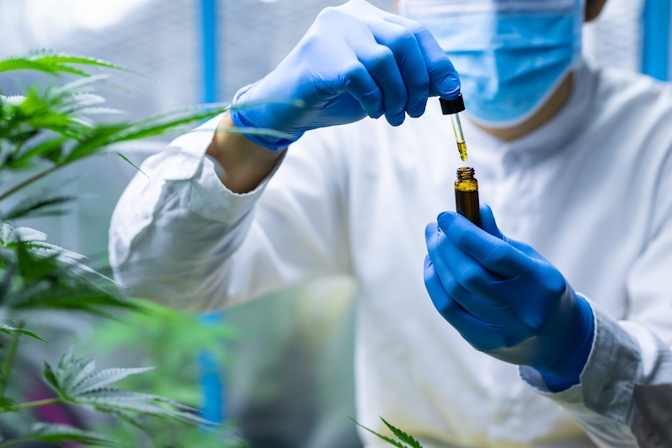
Photo by Getty Images
Finally, and most importantly, you’ll want to shift your gaze on the Microbiological section that reports contaminants like salmonella, yeast, E.Coli, and mold.
Inhaling and ingesting these contaminants are not ideal for the immune system and can make you very sick.
Although most microbes are eliminated during extraction, they will show up here if some remain in your Delta 8 product.
Herb Recommended Products:
READ MORE


